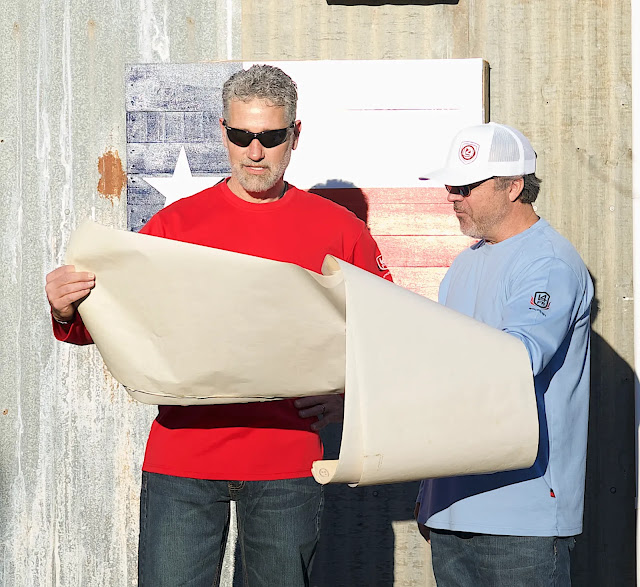For professionals working in environments with fire hazards, flame-resistant (FR) clothing is an essential line of defense. However, traditional FR gear often comes with a hefty weight penalty. Bulky fabrics and multiple layers can lead to fatigue, heat stress, and reduced mobility – all factors that can hinder performance and even become safety hazards themselves.
Thankfully, the landscape of FR clothing is undergoing a revolution. The rise of lightweight FR materials is transforming how workers stay safe without sacrificing comfort and agility. This article delves into the key questions surrounding lightweight FR clothing, exploring its benefits, applications, and the future of this innovative technology.
What is Lightweight FR Clothing?
Lightweight FR clothing utilizes advanced fabrics and technologies to create garments that offer the same level of flame resistance as traditional FR gear, but with significantly less weight and bulk. This is achieved through several methods:
- High-tech fibers: Aramid fibers like Nomex® and Kevlar® are commonly used in lightweight FR clothing. These synthetic fibers are inherently flame-resistant and possess excellent strength-to-weight ratios.
- Blends and weaves: Modern FR garments often blend aramid fibers with other materials like cotton or nylon. Specific weaving techniques can also enhance breathability and comfort without compromising fire protection.
- Multi-layer construction: Lightweight FR clothing may utilize innovative multi-layer systems where each layer serves a specific purpose. This allows for a lighter overall weight while maintaining the required level of protection.
Why Choose Lightweight FR Clothing?
The benefits of lightweight FR clothing are numerous, making it a compelling choice for various industries:
- Enhanced mobility and dexterity: Lighter weight translates to improved range of motion, allowing for easier movement and task completion. This is crucial in jobs requiring climbing, lifting, or operating machinery.
- Reduced heat stress: Traditional FR gear can trap heat, leading to discomfort and fatigue, especially in hot environments. Lightweight fabrics promote better airflow and breathability, keeping workers cooler and more comfortable.
- Improved worker acceptance: Comfortable and lightweight FR clothing is more likely to be worn correctly and consistently, leading to a safer work environment.
- Increased productivity: Reduced heat stress and fatigue allow workers to perform their duties more efficiently, ultimately boosting productivity.
- Versatility: Lightweight FR clothing can be adapted to various climates and work environments. Layering systems with lightweight base layers and outerwear offer flexibility depending on the situation.
Applications of Lightweight FR Clothing
The use of lightweight FR clothing extends across a wide range of industries with fire hazards:
- Oil and Gas: Workers on drilling rigs, refineries, and pipelines require FR protection. Lightweight options can ensure safety without hindering movement in confined spaces.
- Electric Utilities: Linemen and electrical workers face potential arc flash hazards. Lightweight FR clothing offers protection while allowing for climbing and manipulation of tools.
- Manufacturing: Workers in foundries, welding shops, and chemical plants benefit from lightweight FR gear that protects against sparks and flames without restricting movement.
- Firefighting: While traditional firefighter gear prioritizes maximum protection, lightweight options can be valuable for initial response situations or specialized teams where mobility is crucial.
- Construction: Workers exposed to welding, cutting, or hot work environments can benefit from lightweight FR clothing for added safety without sacrificing comfort.
The Future of Lightweight FR Clothing
The development of lightweight FR clothing is a continuous process. Here's what we can expect to see in the future:
- Advanced fiber innovation: Research into new aramid and other inherently flame-resistant fibers will lead to even lighter and more durable materials.
- Nanotechnology advancements: Nanotechnology holds potential for creating FR fabrics with enhanced properties at a microscopic level, further reducing weight and bulk.
- Smart clothing integration: Integration of sensors and technology in FR clothing could monitor worker vitals and environmental conditions, offering additional safety features without compromising weight.
- Sustainable materials: The development of eco-friendly, lightweight FR materials is gaining traction, promoting sustainability alongside worker safety.
Conclusion
Lightweight FR clothing represents a significant leap forward in protecting workers without hindering their performance. As technology continues to evolve, we can expect even lighter, more comfortable, and feature-rich FR garments that cater to diverse work environments. This ultimately leads to a safer and more productive workforce across various industries.


Comments
Post a Comment